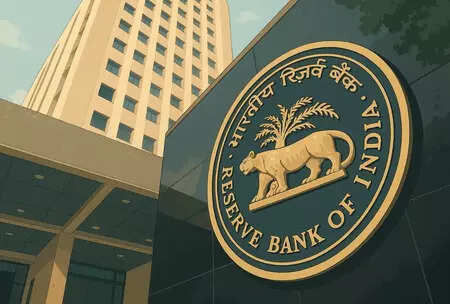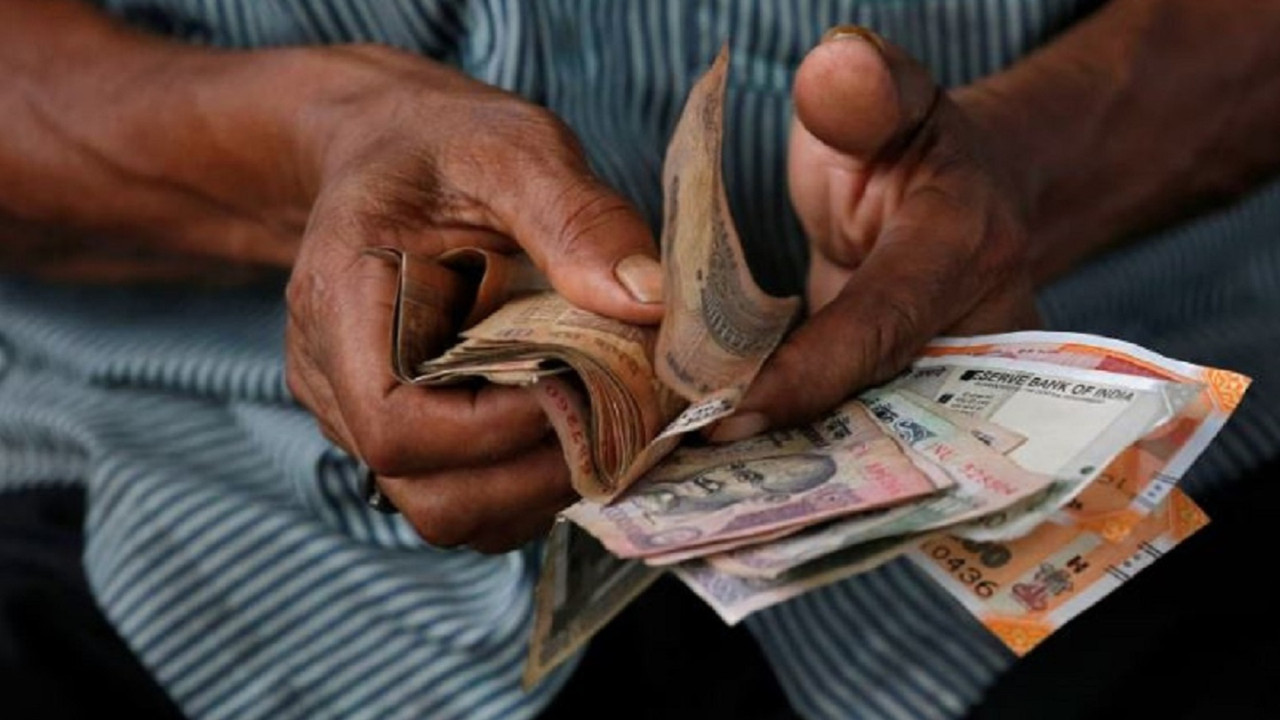India’s readymade garment industry faces a slowdown, with revenue growth projected to decrease due to tariffs impacting US exports. While domestic demand offers some cushion, profitability is expected to decline. Exporters are shifting focus to other markets like the EU and UK, hoping the FTA with the UK will provide relief.
Stitching a Storm: Will US Tariffs Unravel India’s Garment Industry?
The whir of sewing machines, the vibrant hues of fabric being cut and assembled – these are the sounds and sights of India’s readymade garment industry, a sector that employs millions and contributes significantly to the nation’s economy. But a dark cloud is gathering on the horizon, threatening to dampen the industry’s spirits and potentially slow its growth. The culprit? A potential increase in US tariffs, as highlighted by a recent CRISIL report.
For years, the United States has been a crucial market for Indian apparel exporters. The US appetite for Indian-made clothing has fueled expansion and innovation within the sector. However, with growing protectionist sentiments in the US, the possibility of higher tariffs looms large, casting a shadow of uncertainty over the industry’s future. What impact will this have on Indian businesses? Let’s unpack the potential ramifications.
The Looming Threat of Higher Tariffs on Readymade Garments
The CRISIL report paints a picture of a sector facing headwinds. While the readymade garment industry has enjoyed robust growth in recent years, this momentum could be severely curtailed if the US imposes higher tariffs. This isn’t just about a slight dip in profits; it’s about potentially losing competitive ground to other countries that enjoy more favorable trade terms with the US.
The report specifically warns that growth in the sector could slow to a modest 3-5% in the coming fiscal year. While growth is still growth, this represents a significant deceleration compared to the double-digit expansion seen recently. This slowdown could have ripple effects across the entire supply chain, impacting everyone from textile manufacturers to small-scale garment workers.
Why the US Market Matters So Much
The United States isn’t just another customer; it’s a vital lifeline for India’s garment exporters. The sheer size of the American market, combined with its relatively high purchasing power, makes it an incredibly attractive destination for Indian apparel. A significant portion of India’s readymade garments are shipped to the US each year, making the sector heavily reliant on maintaining its competitive edge there.

The loss of even a small percentage of market share in the US could translate into substantial financial losses for Indian garment manufacturers. This, in turn, could lead to job losses and a decrease in investment in the sector, potentially setting back its progress for years to come. The stakes are high, and the industry is understandably concerned.
Navigating the Challenges: Strategies for Survival
So, what can Indian garment exporters do to weather this potential storm? Diversification is key. While the US market is undeniably important, relying solely on it is a risky strategy. Exploring new markets in Europe, Asia, and even within India itself can help reduce the industry’s vulnerability to changes in US trade policy.
Furthermore, focusing on value-added products and services can also provide a competitive edge. Instead of simply competing on price, Indian manufacturers can differentiate themselves by offering unique designs, high-quality materials, and sustainable production practices. This can help them attract discerning customers who are willing to pay a premium for superior products.
Another vital element is investment in technology and innovation. Modernizing production processes, adopting automation, and embracing digital technologies can help improve efficiency, reduce costs, and enhance product quality. This will not only make Indian garment manufacturers more competitive in the global market but also more resilient to external shocks like tariff increases.
Of course, government support is also crucial. Negotiating favorable trade agreements with other countries and providing incentives for investment in technology and innovation can help the industry navigate these challenging times. Streamlining regulations and reducing bureaucratic hurdles can also make it easier for Indian garment exporters to compete in the global market. Furthermore, promoting initiatives like the Production Linked Incentive (PLI) scheme, which incentivize domestic manufacturing, can create a buffer.
A Call for Resilience and Adaptability
The potential increase in US tariffs presents a significant challenge to India’s readymade garment industry. While the road ahead may be bumpy, it’s not time to despair. By embracing diversification, innovation, and government support, the industry can not only survive this storm but also emerge stronger and more resilient than before. The sector’s history is a testament to its adaptability. This is a time for strategic planning, innovative thinking, and a united front. The future of India’s garment industry, while uncertain, is far from predetermined. With the right strategies and a healthy dose of resilience, it can continue to thrive for years to come.
Also, see our other article on [how Indian businesses are adapting to global supply chain disruptions](internal-link).







